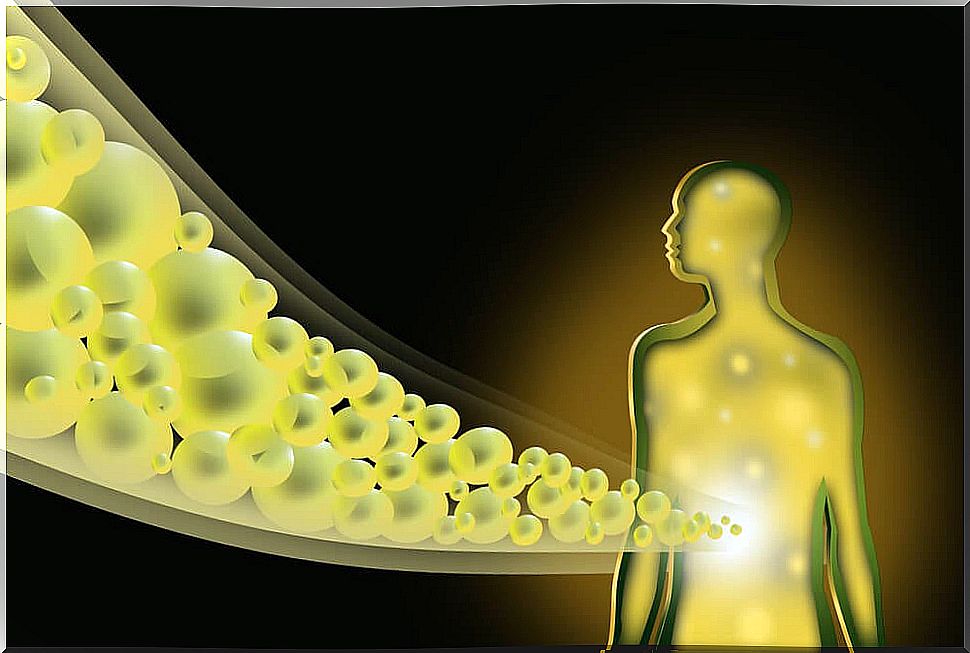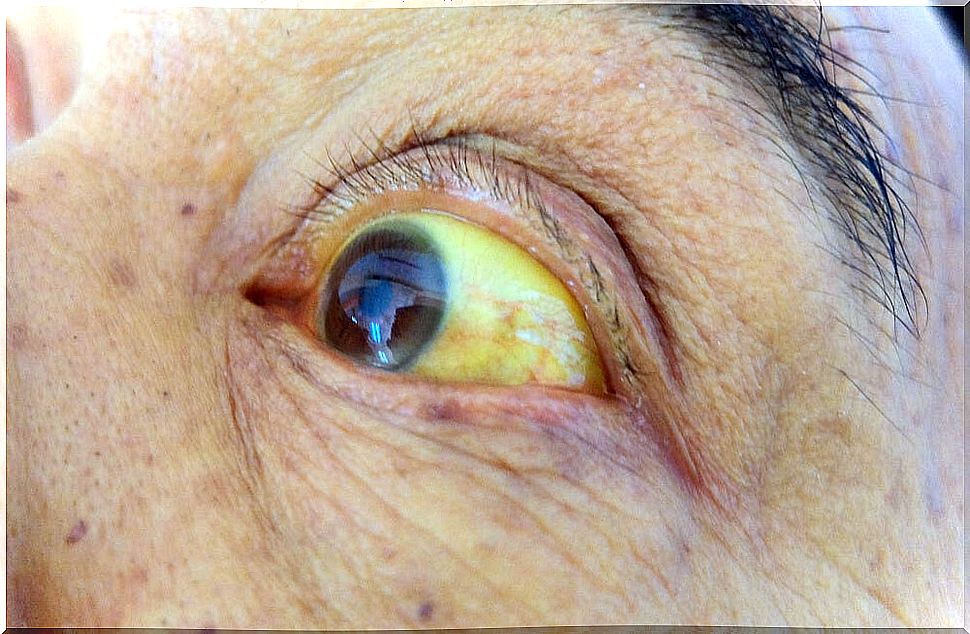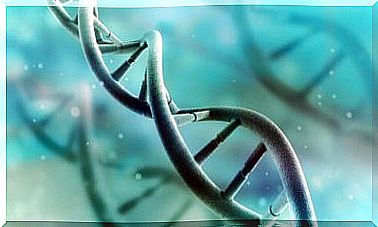Gilbert’s Syndrome: Symptoms And Treatment
Although Gilbert’s syndrome is the result of an inherited abnormality, the truth is that it does not cause any health problems. For this reason, it does not require any type of treatment and does not require medical monitoring.

According to the estimates made, Gilbert’s syndrome is a condition present in 1% of the world’s population. However, it occurs in an average of between 5 and 10% of some populations. It is a hereditary problem, which is normally detected in adults between 20 and 30 years of age.
Gilbert’s syndrome is most often found when a routine blood test is done. The disease was first described in 1902, by Augustin Nicolas Gilbert and Pierre Lereboullet. Hence the name of the syndrome.
Gilbert’s syndrome is a benign, but chronic condition. It is due to a genetic mutation that is inherited. Many of the people who suffer from this disease ignore it, since it does not cause an easily detectable symptom picture.
Gilbert’s syndrome

Gilbert’s syndrome is an inherited condition characterized by high levels of bilirubin in the blood. It is also known as constitutional liver failure and non-hemolytic familial jaundice.
It is a dysfunction in which the liver does not process bilirubin the way it should. However, Gilbert’s syndrome is harmless. It should be noted that bilirubin is a substance that originates from aging red blood cells and is processed by the liver.
Bilirubin is normally flushed out of the body through fecal matter and urine. When bilirubin rises, the liver cannot process it properly. Due to this, this substance begins to be absorbed by the skin and tissues.
Causes
Gilbert’s syndrome results from reduced ability of hepatocytes (liver cells) to excrete bilirubin. When red blood cells age and deteriorate, they release hemoglobin. This is metabolized and forms a group of substances called “Heme”.
Heme is transformed first into biliverdin and then into something like a first version of bilirubin, called “unconjugated” or indirect. When it passes through the liver and combines with glucuronic acid, it causes a reaction that results in direct or conjugated bilirubin .
If the process is completed properly, the bilirubin becomes water soluble and is excreted in the bile. However, in some people there is a mutated gene that prevents normal production of the enzyme that regulates bilirubin production. This leads to Gilbert’s syndrome.
Symptoms and diagnosis of Gilbert’s syndrome

The main symptom of Gilbert’s syndrome is jaundice , that is, the yellowing of the skin and eyes. This becomes more visible at times when there is a high stress situation, when there is prolonged fasting, during the course of infectious diseases or when great efforts are made.
Another of the symptoms present in Gilbert’s syndrome is the inability to correctly process some substances, especially some drugs. In particular, some people affected by this disease have an increased risk of toxicity from the drug paracetamol.
There are no other recognizable symptoms. In the blood test of people with this condition, indirect bilirubin has high levels, while direct bilirubin remains at normal levels. Liver tests are also normal, and no abnormalities are found on imaging tests.
Treatment
Gilbert’s syndrome does not require any type of treatment, since it is an anomaly that does not cause damage, which is why it is considered benign. This dysfunction does not cause any type of incidence on the quality of life of a person, to the point that many times it goes completely unnoticed.
Nor is there any type of complications caused by the syndrome, nor does it require any special diet regimen. It does not affect the ability to exercise normally. The only care that must be observed is that of the ingestion of certain drugs, such as paracetamol.
As already noted, in Gilbert syndrome there is an increased risk of liver effects secondary to the ingestion of some drugs. Otherwise, a person with this condition can lead a completely normal life, without requiring any special care.
Jaundice can appear and disappear several times throughout life, without posing any health risk. Once the diagnosis is established, it is not necessary to carry out any type of medical follow-up for this condition.









